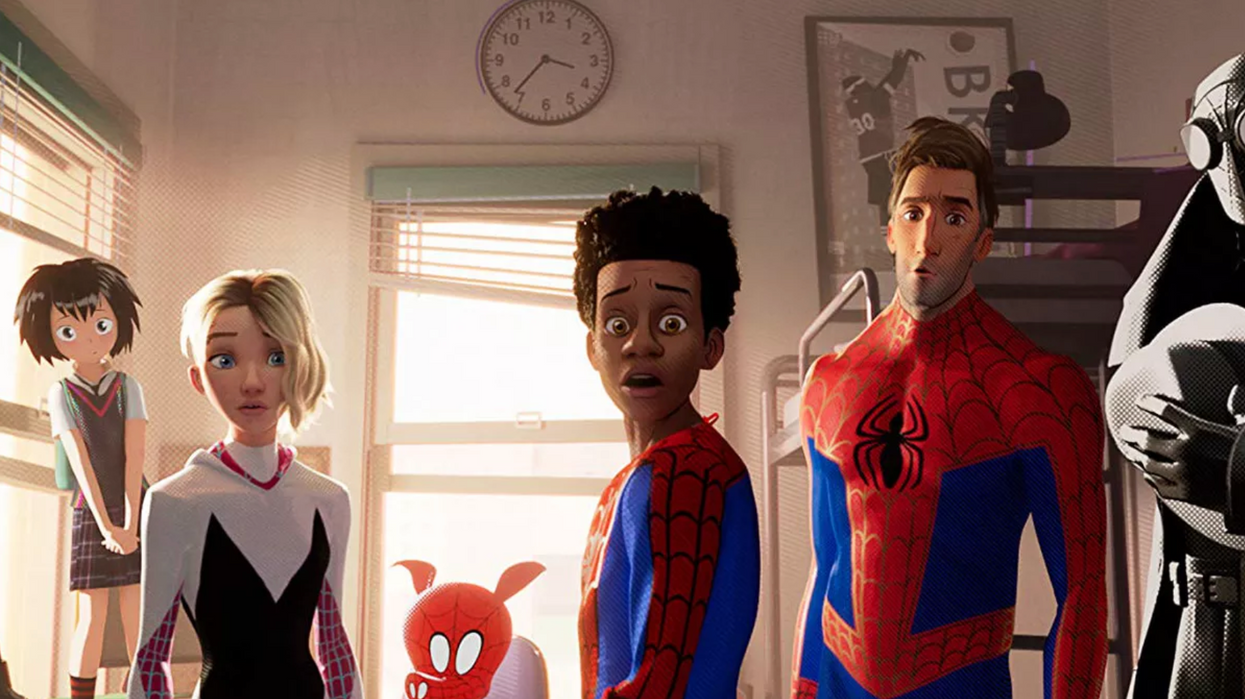Is There a Secret Ingredient Behind Spider-Man: Into The Spider-Verse's Success?
Well if there is, it's a technique called Animated Naturalism. But what is that?

Sony Animation’s INTO THE SPIDER-VERSE was one of the most unexpected delights of last year’s crop of superhero movies. It was fun, funny, heartfelt, and exhilarating.
But how did the production and animation team get so much extra juice out of what could have been a spraypaint-by-numbers superhero flick?
As this video from HoustonProductions1 explains, SPIDER-VERSE broke the mold in a lot of ways, especially when it came to using animated naturalism to tell a story:
What is Animated Naturalism?
Animated naturalism is the art (and science) of making something animated that feels human. Since all animation is completely planned and storyboarded, it requires a lot of precision and expertise to make something so planned feel like it’s unplanned. Humans can improvise, but animation can’t.
Let’s take a look at a few ways INTO THE SPIDER-VERSE conveys animated naturalism:
Non-Super, Non-Hero
One of the best things about INTO THE SPIDER-VERSE as a superhero movie is that it takes its time to set up the main character, Miles Morales, as neither superpowered, nor heroic. It makes sure to show the audience that Miles is just a normal, everyday kid dealing with the usual teenage issues. He’s got an overbearing father, a high-pressure school environment, and the typical social anxieties that all high schoolers have.
As the video notes, INTO THE SPIDER-VERSE is very specific with how it portrays those things. It would have been easy to have Miles come from a generic background. But no, his father isn’t just overbearing, he’s a cop -- literally meant to protect.
How else does INTO THE SPIDER-VERSE convey that specificity? The video takes a look at the production design and casting.
Location, Location, Location
As production designer Justin K. Thompson points out, they focused on seemingly mundane environments (like the typical junk found in Miles’ room) in order to “make you feel like Miles was a real kid.” The production team spent a lot of time getting locations just right. Miles’ house, Uncle Aaron’s pad, Brooklyn’s lived-in feeling -- it’s all designed to convey the perfect amount of naturalism, and immerse the audience in the world.
The other effect this attention to detail had was the heightened contrasts with more surreal environments in other parts of the movie.
Under the Hood
But how did the animators make Miles’ face so expressive? The looks that he gives other characters are so filled with emotion, yet so relatable, that we have to wonder how they pulled it off. Well, the animators used a secret technique: themselves.
That’s right, the animators used pictures of them and their moms, videos of themselves eating burgers, their own facial expressions, and anything else they could dredge up in order to bring a sense of reality to Miles and Peter in INTO THE SPIDER-VERSE.
Even the voice actors got into it. As the video notes, Mahershala Ali brought a method acting sensibility to his character’s death scene by lying down on the floor while he performed his lines. Everyone was committed to enhancing the immersiveness of the world, and it shows in the final product.
What’s Next?
If you’re looking for more inspiration, check out what SPIDERMAN: INTO THE SPIDER-VERSE can teach us about story!
Source: HoustonProductions1













